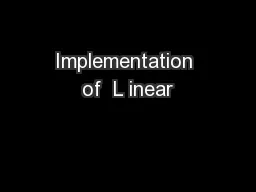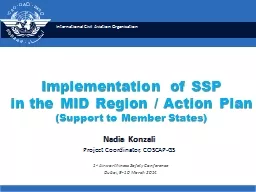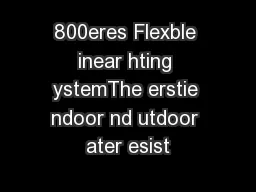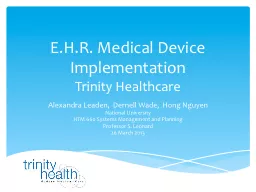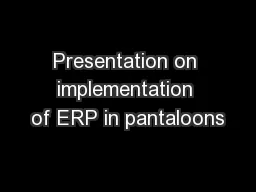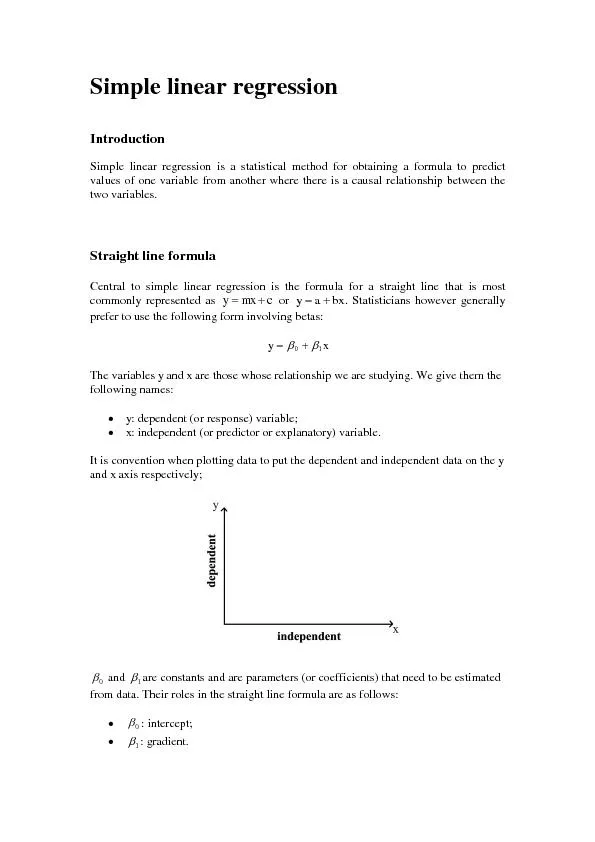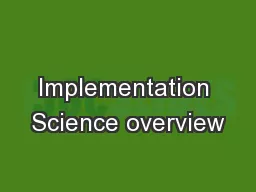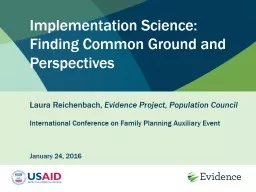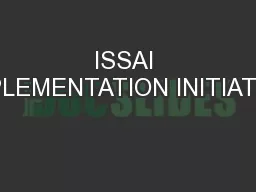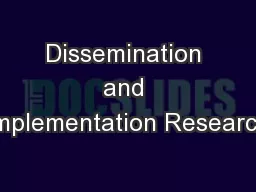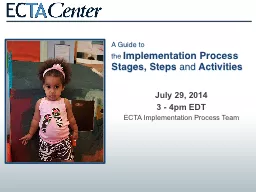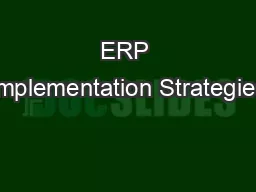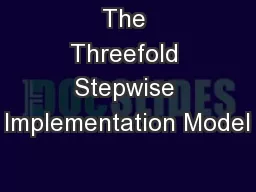PPT-Implementation of L inear
Author : celsa-spraggs | Published Date : 2018-11-15
S ensitivity A pproximate M ethod Pedram Falsafi Amir Hakami Carleton University Canada CMAS 2015 Chapel Hill for Sensitivity Advection in CMAQ Overview Horizontal
Presentation Embed Code
Download Presentation
Download Presentation The PPT/PDF document "Implementation of L inear" is the property of its rightful owner. Permission is granted to download and print the materials on this website for personal, non-commercial use only, and to display it on your personal computer provided you do not modify the materials and that you retain all copyright notices contained in the materials. By downloading content from our website, you accept the terms of this agreement.
Implementation of L inear: Transcript
Download Rules Of Document
"Implementation of L inear"The content belongs to its owner. You may download and print it for personal use, without modification, and keep all copyright notices. By downloading, you agree to these terms.
Related Documents

